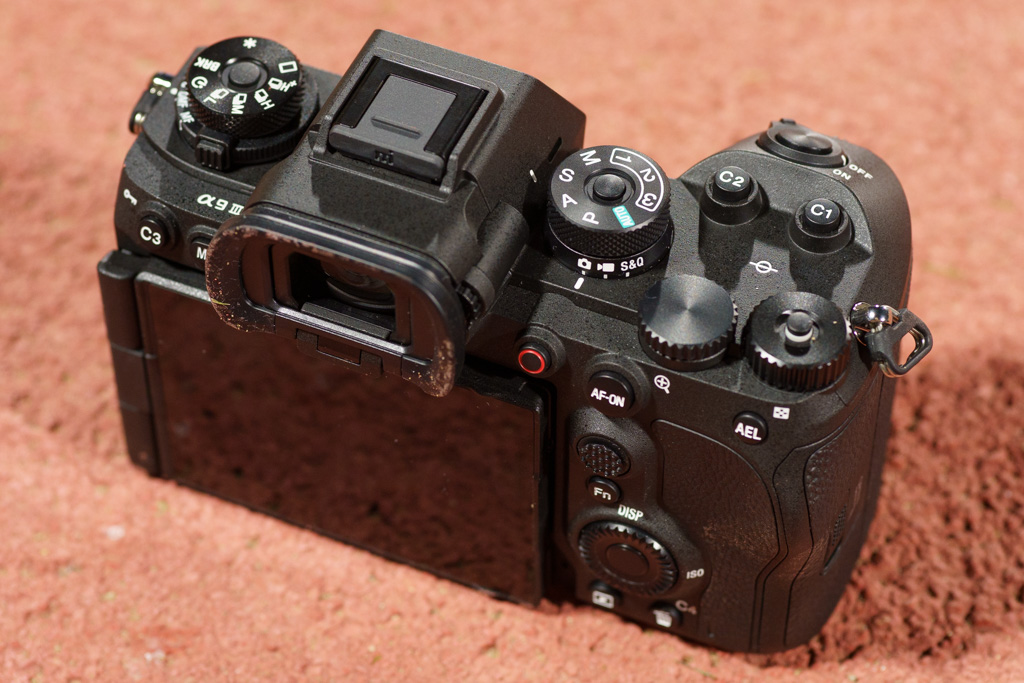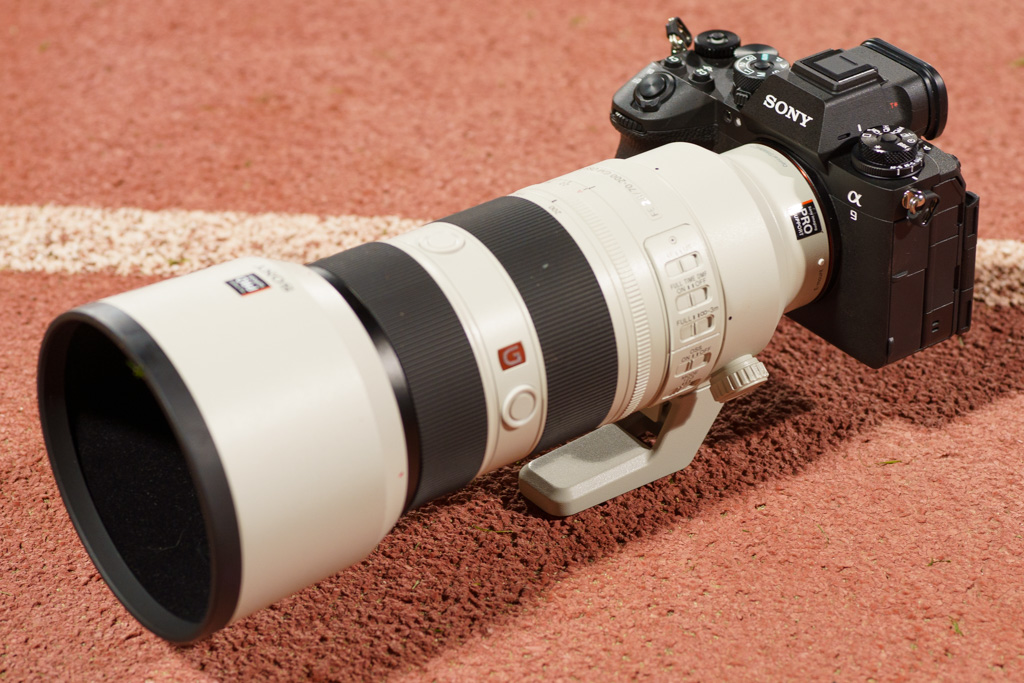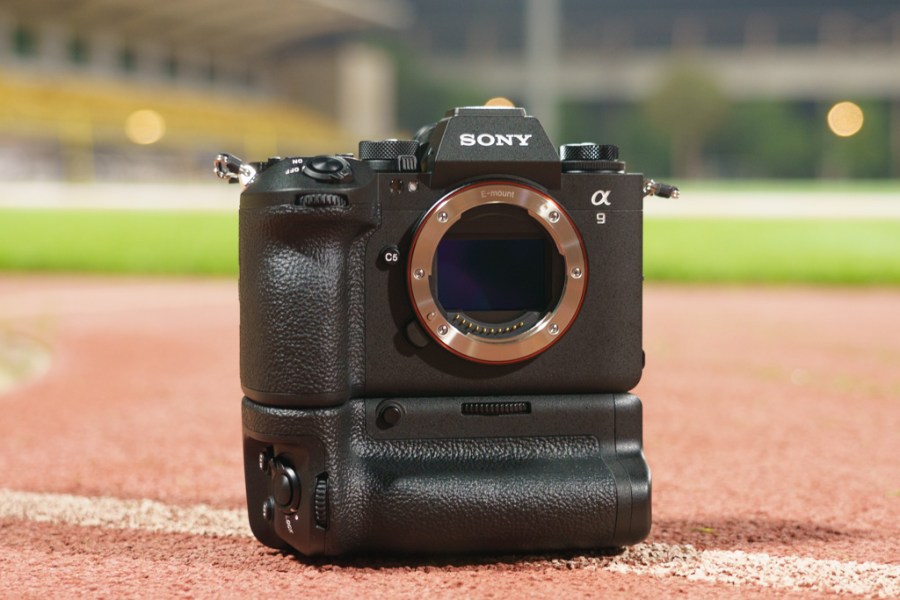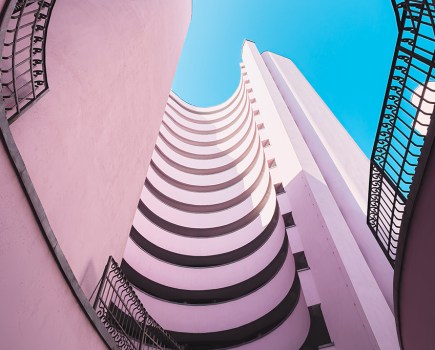Sony has released a new ultra-fast camera designed for sports and action photography, the Sony Alpha A9 III. It’s billed as the world’s fastest full-frame camera, as it’s capable of shooting at an astonishing 120 frames per second in full-resolution 24.6MP raw. It’ll also record 4K video at 120fps, with 6K oversampling using the full sensor width.
Key to the A9 III’s capabilities is a brand-new global shutter image sensor. This builds on Sony’s existing stacked CMOS design by providing data readout that’s simultaneous for all of the sensor pixels. As a result, there’s no subject distortion due to rolling shutter, and a blackout-free viewfinder feed. Likewise there should be no flickering or banding artefacts in artificial light. Sony is sufficiently confident in this technology that it’s left out a physical shutter completely.
In a new feature for Sony, Pre-Capture is available, with the camera capable of recording images buffered from 0.1 to 1sec before the shutter button is fully depressed. There’s also a continuous shooting speed boost function that allows the camera to be switched up to 120fps by a single press of a button, so you can easily engage it for capturing the peak of any action. Flash sync is also available at any shutter speed up to the maximum of 1/80,000sec.
The camera is powered by a Dual Bionz XR Processer. A composite RAW shooting function will be available that combines multiple frames to minimise noise. However, the composite file will need to be created on a computer.
Video features include 10-bit 4:2:2 colour with S-Log3 S/Cinetone support, and active image stabilisation. Sony is promising clearer voice note recording thanks to a new microphone on the back next to the screen.

The control layout combines elements of the A7R V and A9 II, but many of the buttons have been enlarged. Credit: Andy Westlake
In terms of design, the A9 II is superficially very similar to the high-resolution Sony Alpha A7R V. But it also includes dials on the top left for continuous shooting and autofocus modes that are the hallmark of the Alpha 9 series. Elsewhere, though, it has a very familiar-looking Sony design and control layout, meaning it’s a compact, single-gripped design with an optional bolt-on vertical grip.
However, the handgrip has been reprofiled and moved further away from the lens mount, while the function buttons have been made larger and more positive. There’s also a new C5 function button on the front. This change means that there’s also a new VG-C5 vertical grip, which accepts two batteries and offers a replicate set of controls.
Also largely inherited from the A7R V is Sony’s latest subject detection autofocus system, powered by its own AI processor. This means that it can recognise and track focus on a wide range of subjects, including people, animals and vehicles. Unfortunately, there’s still no option to get the camera to select between subject types automatically.

Sony Alpha A9 III with Sony FE 70-200mm F2.8 GM OSS II lens. Credit: Andy Westlake
Like the A7R V, the camera has a huge 9.44m-dot viewfinder that offers 0.9x magnification. It also uses the same rear screen design, with a side-hinged fully articulated mechanism mounted onto a frame that also allows the 3.2in, 2.1m-dot LCD to tilt up and down. This provides a high degree of flexibility for both stills photography and video.
Naturally, the Sony Alpha A9 III’s cutting-edge technology doesn’t come cheap. The camera is due on sale by the end of January 2024 for £6100 body-only.
Follow AP on Facebook, Twitter, Instagram, and YouTube.







